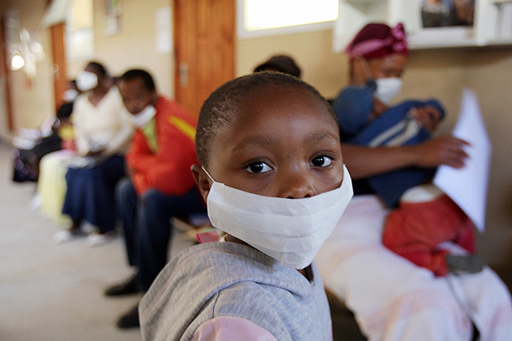1.1 Start with a question
Data analysis often starts with a question or with some data.
A question leads to data that can answer it, and looking at the available data helps to make a question precise or may trigger new questions, which, in turn, may require further data. Data analysis is thus often an iterative process: the questions determine which data to obtain, and the data influences which questions to ask and what the scope of the analysis is. How this week’s project came about is an example of such an iterative process.
I (Michel) was watching a news programme mentioning the fight against tuberculosis (TB) as part of the United Nations Millenium Development Goals. Wishing to know how serious TB is, I browsed the World Health Organization (WHO) website and found a dataset with the number of TB cases and deaths per country per year, from 2007 to 2013. This in turn raised the question of whether a high (or low) number could be mainly due to the country having a large (or small) population. Some more browsing revealed the WHO also has population data from 1990 to 2013.
That was enough data for the fuzzy question: how serious is TB? It was time to make it precise. I chose to measure the effect of TB in terms of deaths, which led to the following questions:
- What is the total, smallest, largest, and average number of deaths due to TB?
- What is the death rate (number of deaths divided by population) of each country?
- Which countries have the smallest and largest number of deaths?
- Which countries have the smallest and largest death rate?
Answering these questions for the whole world and for seven years (2007–2013) would be a bit too much for this initial project. A subset was needed. I decided to take only the latest data for 2013 and, being Portuguese, to focus on the Portuguese-speaking countries. One of them, Brazil, is part of the BRICS group of major emerging economies, so for more diversity the other four countries would be included too: Russia, India, China and South Africa. The project was finally defined! I’ve added links to the data below if you’d like to take a look!
Activity 1 What would you ask?
Before you embark on coding the analysis to get answers, what other questions could be asked of the datasets described?
What countries would you be interested in? What groups of countries might be interesting to analyse?
Note down some of your questions so that you can come back to them later.
WHO POPULATION - DATA BY COUNTRY (LATEST YEAR) [Tip: hold Ctrl and click a link to open it in a new tab. (Hide tip)]
WHO TB MORTALITY AND PREVALENCE - DATA BY COUNTRY (2007 - PRESENT)
Next, I’ll explain how I started to organise the information.

